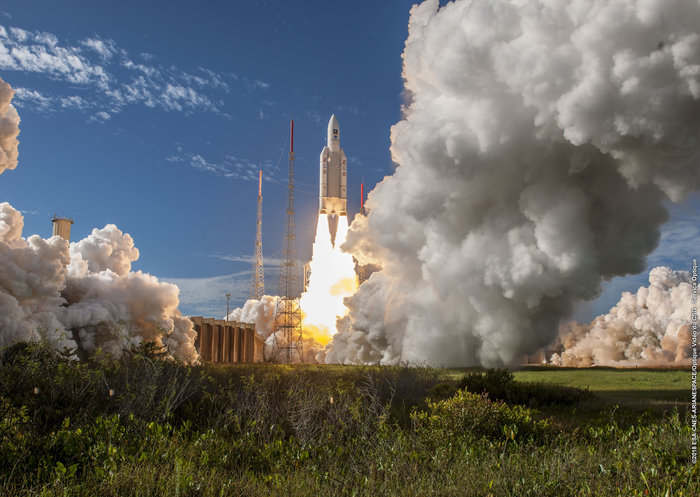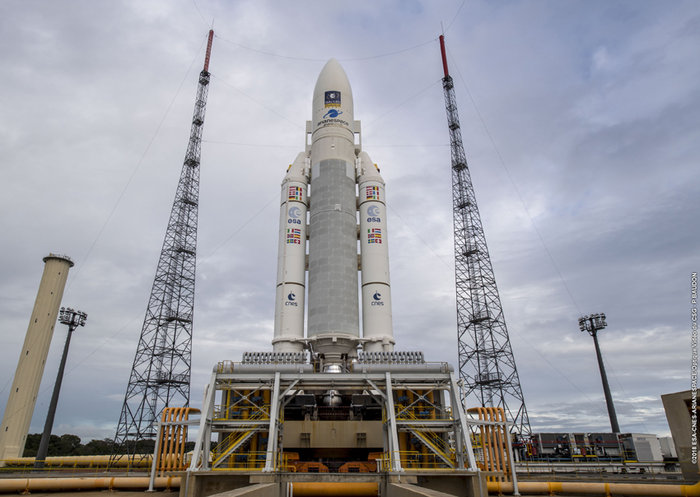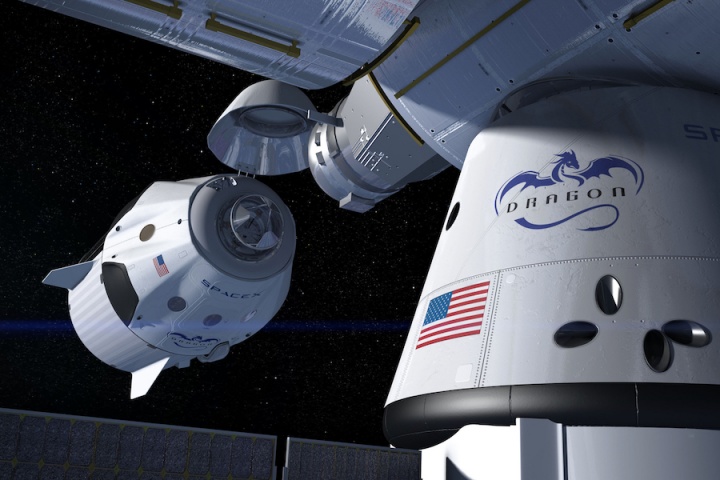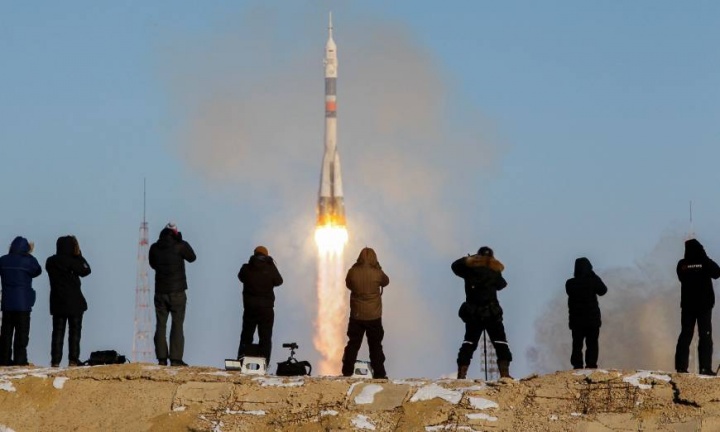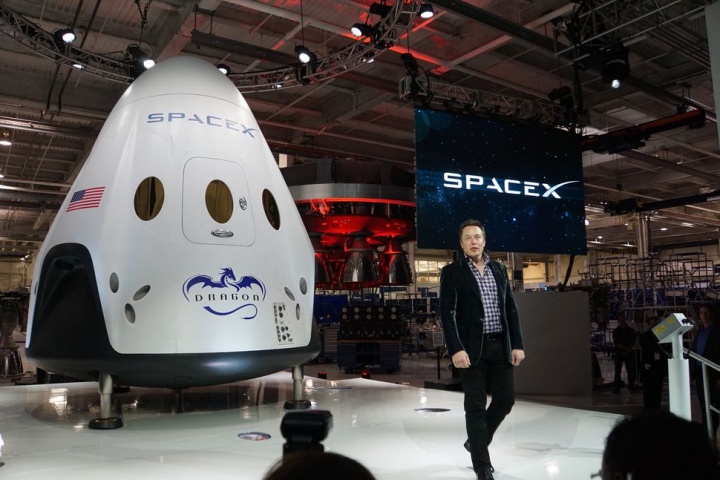Four huge rockets are due to debut in 2020—will any make it?
Ariane 6, Space Launch System, New Glenn, and Vulcan all have 2020 launch dates
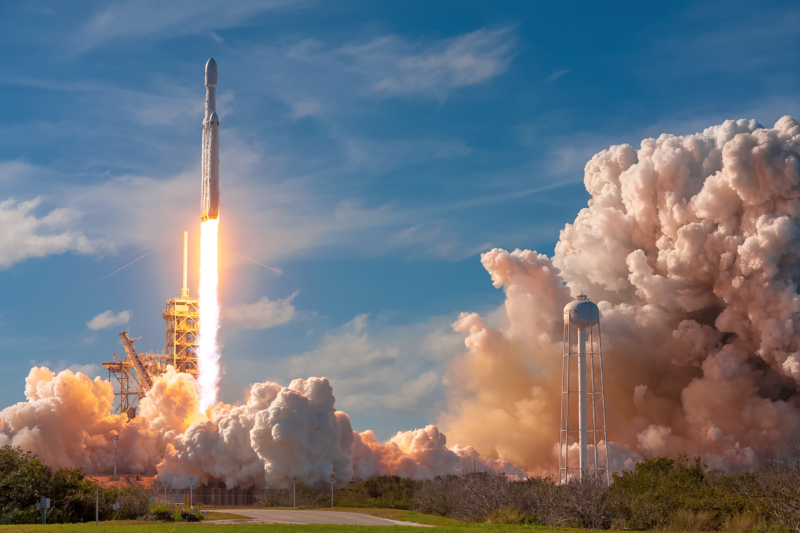 The Falcon Heavy is just the beginning of big rocket debuts ...
The Falcon Heavy is just the beginning of big rocket debuts ...
Rocket enthusiasts are lucky to see the debut of a handful of large, powerful rockets per decade. For example, during the last 10 years, just three rockets with a capacity of 25 tons or more to low-Earth orbit have made their debuts: the Russian Angara A5 flew in 2014, the Chinese Long March 5 in 2016, and the SpaceX Falcon Heavy earlier this year.
However, there is now a chance that up to four large and powerful rockets will make their debuts during a single year, as four boosters have maiden launches scheduled for 2020. Of course, there is also a chance that none of them will fly. Delays seem inevitable in the launch industry, especially with such large and in some ways unprecedented boosters. But given the uncertainty and the unprecedented potential, we thought it might be fun to assess whether any or all of them might make it.
Ars reached out to several launch industry experts and colleagues in aerospace journalism to gauge opinions on the viability of these launch dates. To be perfectly clear: the "confidence" in achieving a 2020 launch—and "estimated launch dates" below are at best educated guesses—is a reflection of what these informed people think may happen. Keep in mind that there are many, many variables that go into an actual launch date: funding, hardware readiness, component testing, integrated testing, software, ground systems readiness, and so much more. So caveat emptor.
Finally, as ardent fans of rockets—and seeing stuff actually getting done in space—we're rooting for all of these vehicles to make it in 2020. If you don't like these predictions, please prove us wrong.
Ariane 6
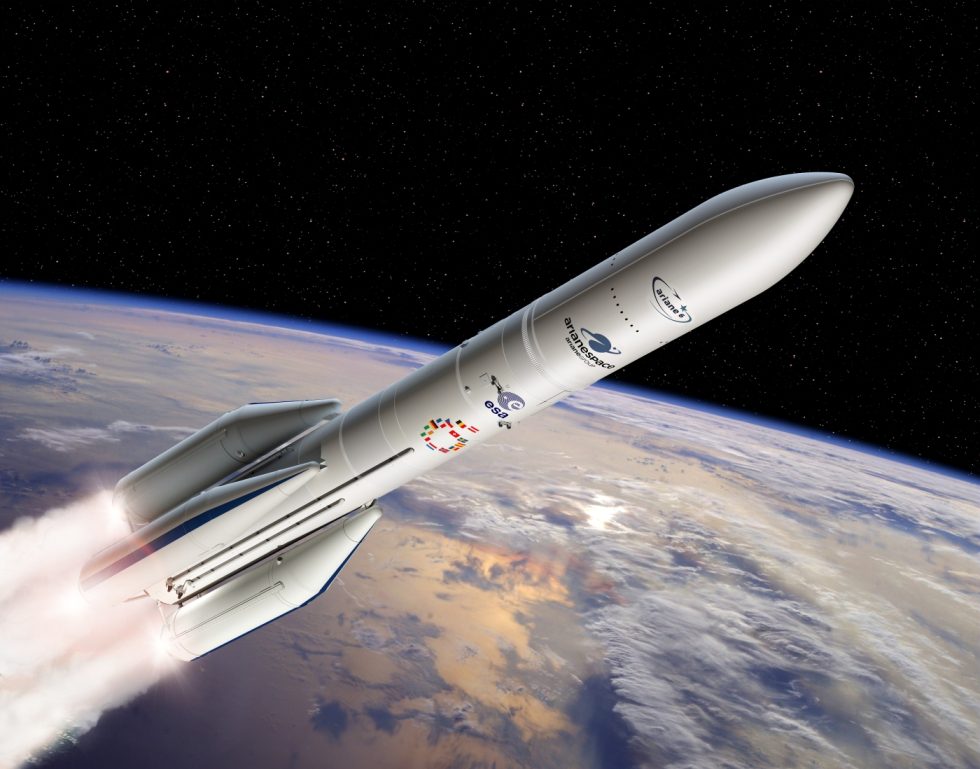
Capacity to LEO: 22 tons
Current launch date: Mid-2020
Confidence: Medium to high
Our estimated launch date: 4Q 2020
We have the highest confidence in this rocket because its various components are well into development, it is fully funded, and the rocket builds upon the existing heritage of the Ariane 5 booster. The French space agency, CNES, should complete structural work on the Ariane 6 launch site this year. Arianegroup has been hot-fire testing an updated engine for the rocket, the Vulcain 2.1, since January. And just this month, the new P120C boosters that will power the rocket off the launch pad were successfully tested for the first time.
Because of all these factors, along with a sense of urgency in Europe about the need to begin flying the Ariane 6 to become more competitive with the likes of SpaceX, we have highest confidence in the maiden launch of this vehicle in 2020. Don't book your tickets to French Guiana just yet, but maybe pencil the Ariane 6 launch onto your calendar with a modicum of confidence.
Space Launch System
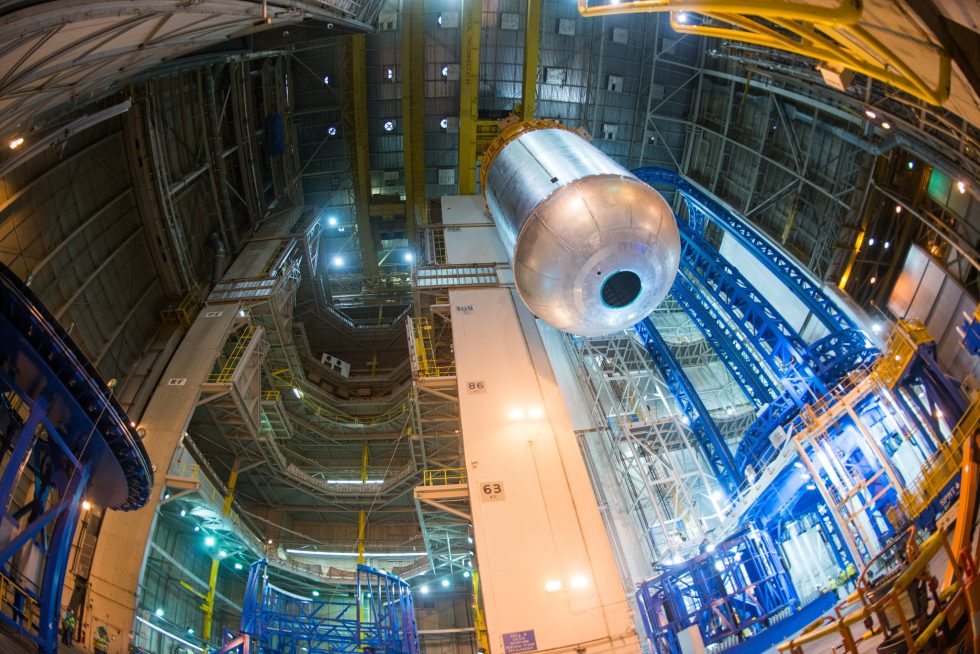 NASA is making progress on building components of its Space Launch System rocket. Here, it has completed welding of a liquid oxygen tank.
NASA is making progress on building components of its Space Launch System rocket. Here, it has completed welding of a liquid oxygen tank.
Capacity to LEO: 70+ tons
Current launch date: December 2019-June 2020
Confidence: Medium
Our estimated launch date: 2Q 2021
Yes, the Space Launch System has already slipped a lot. Work on the vehicle began back in 2011, and at the time we were told that the use of space-shuttle heritage components such as side-mounted solid rocket boosters and the shuttle's main engine would help streamline development of the world's largest rocket.
However, despite NASA's extraordinary expenditure of $2 billion annually to develop the SLS rocket, it has faced technical problems and delays from its initial launch date of November 2017. The prime contractor for the core stage, Boeing, has now begun to produce fuel tanks for the massive core stage of the rocket, but an all-up test of the core stage integrated with its four main engines won't occur until some time next year.
Experienced rocket scientists often say that the most challenging part of a rocket's development comes during this integration (when the various pieces of the core stage are assembled) and test phase. For this reason, we don't have too much confidence in a launch less than two years from now. A successful core stage test firing next year would change that.
New Glenn
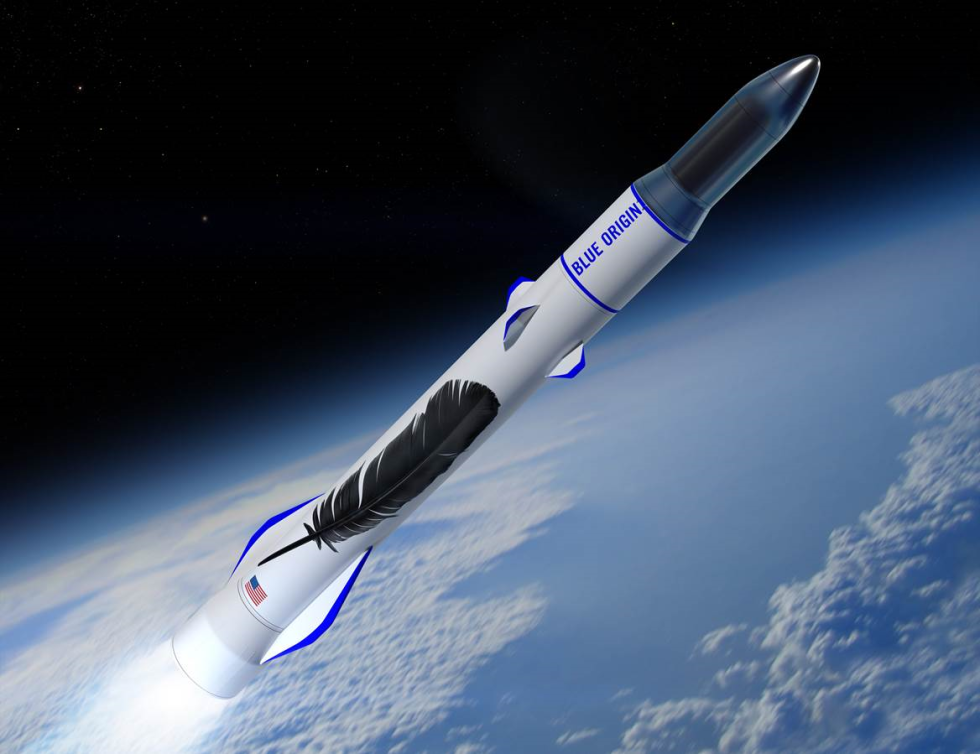 Blue Origin's concept art for a New Glenn rocket launch ascending to orbit.
Blue Origin's concept art for a New Glenn rocket launch ascending to orbit.
Capacity to LEO: 45 tons
Current launch date: 2020
Confidence: Low to medium
Our estimated launch date: 2Q 2021
Blue Origin, backed by Amazon founder Jeff Bezos, certainly has plenty of money. It also has a huge new rocket factory in Florida to assemble the New Glenn booster, and the first stage engine, the BE-4, continues to undergo a rigorous testing plan in West Texas.
But despite these resources and a tremendous team of engineers assembled by Bezos, it nonetheless is a huge leap for the company to go from the single-engine New Shepard launch system, with 110,000 pounds of thrust, to the New Glenn booster, with seven much larger engines and its nearly four million pounds of thrust at liftoff.
Do we think Blue Origin will get there? Absolutely. Do we think it will happen in 2020? Well ... we hope it does.
Vulcan
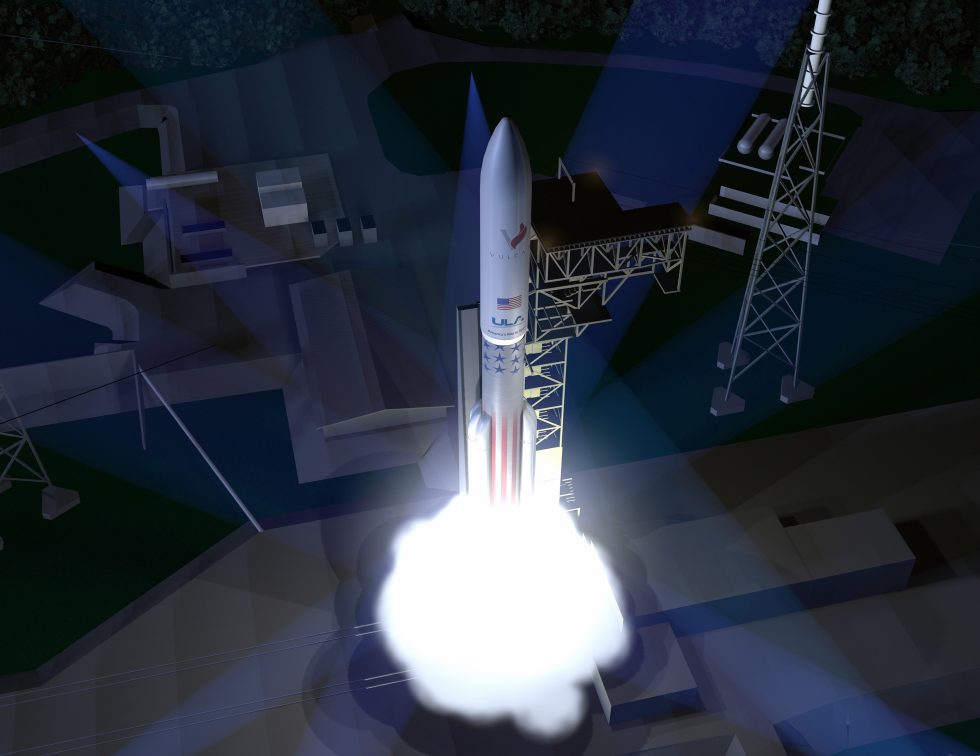 Concept art of a Vulcan rocket lifting off.
Concept art of a Vulcan rocket lifting off.
Capacity to LEO: 35 tons
Current launch date: Mid-2020
Confidence: Low
Our estimated launch date: 1Q 2022
Like ArianeGroup, United Launch Alliance (ULA) has developed a new rocket with the intention to compete with SpaceX. The company also was told by the US Congress to stop using Russian engines, and so it has to move on from the proven Atlas V rocket. (By the way, don't confuse the Vulcan rocket with the Ariane 6's Vulcain engine. They're totally different. And the Europeans will tell you they chose the name first.)
One problem with Vulcan is that it is not at all clear that the parent companies of ULA, Lockheed Martin and Boeing, have fully committed the resources needed to complete development of Vulcan. Instead, before finalizing the Vulcan rocket, ULA could be waiting for the US Department of Defense to announce the next round of Launch Service Agreement contracts. That should happen some time this summer. This may help explain why company officials always say "soon" when asked about selecting an engine for Vulcan.
The rocket also has one very prominent skeptic—Elon Musk of SpaceX. Famously, Musk has said, "I will seriously eat my hat with a side of mustard if that rocket flies a national security spacecraft before 2023." Presumably, Vulcan would need to fly a couple of missions before becoming certified for a national security launch, but even so, 2023 for a third mission does not engender confidence about a maiden launch in 2020.
More rockets still
The fun doesn't stop with these four titanic boosters. Northrop Grumman Innovation Systems (formerly Orbital ATK) is developing the large Omega rocket for a possible launch in 2021, although like the Vulcan this could be dependent upon funding from the DOD's Launch Services Agreement to reach completion.
Then there is SpaceX's Big Falcon Rocket. This would be the most ambitious rocket ever built, requiring several technical miracles before it rolls to a launch pad. Beyond that, there are serious questions about the funding needed to see through development of the super-massive rocket and a maiden launch in the early 2020s. With that said, Musk and SpaceX President Gwynne Shotwell are completely committed to the BFR. So we expect to see it some day—the sooner the better.
https://arstechnica.com/science/2018/07 ... ts-or-not/




